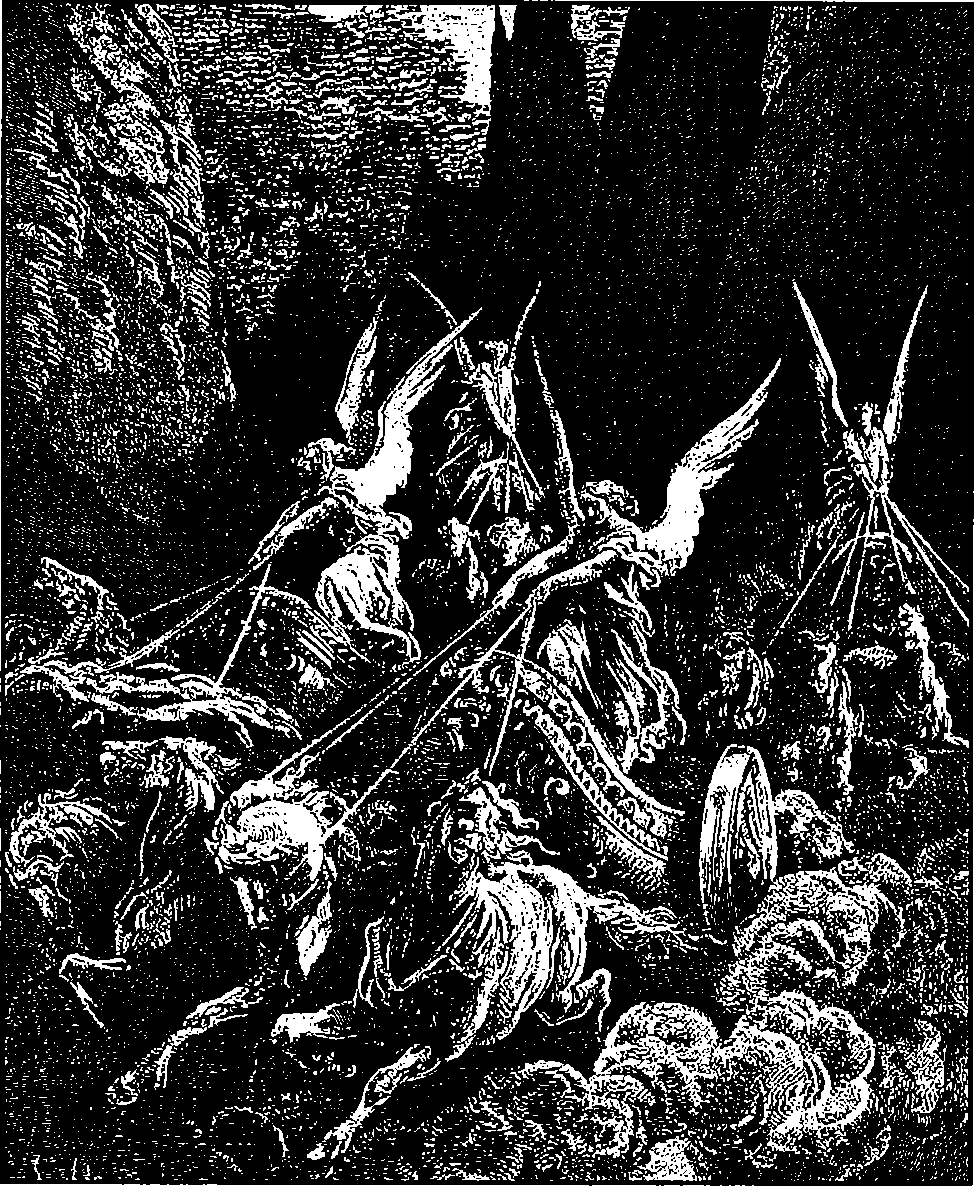Myrtle Trees in the Bottom
“I saw by night, and behold a man riding upon a red horse, and he stood among the myrtle trees that were in the bottom; and behind him were there red horses, speckled, and white. Then said I, 0 my Lord, what are these?” (Zechariah 1:8-9).
Previously the significance of the horses in this wonderful prophetic picture were considered, but what about the “myrtle trees that were in the bottom? “1 As a prophetic image, myrtle trees in the bottom suggest something pleas ant but uncultivated. The Hebrew name suggests a linkage with their habit of springing up rapidly.2 We learn from Nehemiah 8:15 that the myrtle branch was collected to con struct booths during the joyful annual camp-out of the feast of booths. From Isaiah’s prophecy we find that the myrtle is a favored tree that the Lord promises to plant in the wilder ness (Isaiah 41:19) and going further that the myrtle is contrasted with briars (Isaiah 55:13). Where do you get briars? Briars are in an uncultivated field that is unprepared for man. But when the Lord is watching over even an uncultivated field something comes up more pleasant than briars – and those are myrtles. Myrtle has a pleasant odor and it is said that the very axe that cuts the myrtle is perfumed in the act. This characteristic suggests grace under trial and con forms with the noble character of Queen Esther whose Hebrew name “Hadassah,” or “Myrtle” seems to be trans lated into the Persian as “Astur” or “Fresh Myrtle.”

Another of Zechariah’s Visions
The book of Revelation speaks of the various trees whose leaves are for the “healing of the nations” (Revelation 22:2). This is literally true for the myrtle. Since ancient times in Egypt and Israel, a healing tea has been brewed from the leaves of the myrtle. This is possible because these leaves contain salicylic acid – the chemical precursor we know today as “Aspirin.”3 Hence, when myrtles appear as a prophetic image they suggest the promise of nascent reform, that is, a promise of better things to come, providential care and protection, grace under trial, and healing.
– Richard Doctor
(1) Doctor, R.D., “Zechariah’s Horses,” Beauties of the Truth, (Volume 12, Number 3), August 2001.
(2) “Myrtle,” McClintock and Strong’s Cyclopedia of Biblical, Theological, and Ecclesiastical Literature, Baker, Grand Rapids (1981).
(3) Mehta, A., ”Aspirin,” Chemical and Engineering News June 20, 2005) page 46.
